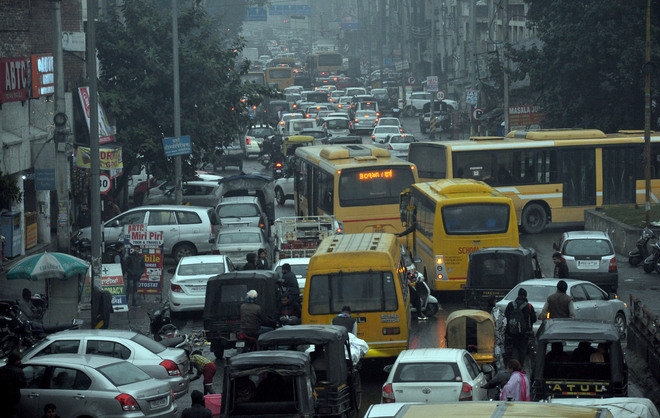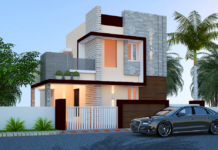In many cities throughout the world, traffic congestion has gotten out of hand and is now a major issue that is difficult to handle. Traffic problems have become an almost universal phenomenon in the advanced world’s cities; few cities have escaped the problem, and even fewer, if any, have solved it.
Several billions of dollars are lost each year due to traffic congestion, which prevents workers from being productive and requires commodities to be transported rather than stored. Additionally, there is a high level of environmental degradation due to rising gasoline usage and thus increasing emissions of CO2.
The reasons for traffic congestion are very numerous, some of them are listed below:
● Sudden increases in transportation demand
● Too many cars are on the road due to insufficient public transportation options or other factors.
● Roadblocks and merging caused by certain barricades.
● Roadside parking
● Road construction
● Utility maintenance resulting in lane closure
● Roads getting narrower
● Faulty traffic control devices
● Too many pedestrians crossing the road
● Too many trucks on the road because there aren’t enough rail freight options. ● Overdevelopment in areas with inadequate road infrastructure and overcrowded mass transit systems.
● Bad weather conditions
Most times, these incidents can happen simultaneously. A surge in traffic as people rush home during harsh weather conditions is one example of how one cause of traffic congestion can lead to another.
Beyond only causing delays in commutes, traffic causes other issues. Delivery drivers and the supply chain may have more problems due to traffic congestion, which may hinder the replenishment of food supplies and other necessities in areas with limited access to local suppliers. Furthermore, a community’s reputation can be highly affected by traffic congestion, as it can put off new businesses and also prevent prospective residents from relocating.
How To Fix Traffic Problems in Cities
Let’s now talk about how to address the sources of congestion.
1. Innovative Road Design
Eliminating traffic problems caused by too many people trying to drive at once on any given road is one of the simplest ways to reduce traffic congestion. Offering alternate routes to the same destination can assist in lowering the number of vehicles in busy locations. Drivers can now spend less time waiting in traffic because traffic is distributed over all streets.
2. Infrastructure for Alternative Transportation
Cities and infrastructure planners should realize the value of putting in place the required infrastructure to guarantee the safety and effectiveness of other transportation alternatives. Cities should start spending money on amenities like bike lanes, bus-only lanes, bus tunnels, trolleys, or streetcar tracks, and more.
3. Investment in Public Transportation
The need for more public transportation options across the nation was highlighted in a recent analysis conducted by a Research Group in the United States.
Greater market growth can be achieved by funding public transportation than by making comparable investments in road maintenance or construction. While substantial public transportation overhauls are frequently scrutinized by city planners or local legislatures due to the alleged excessive cost, sometimes less is more.
Avoiding personal car ownership also has further positive effects on one’s quality of life and finances, such as removing the need to set aside money for gas and upkeep.











